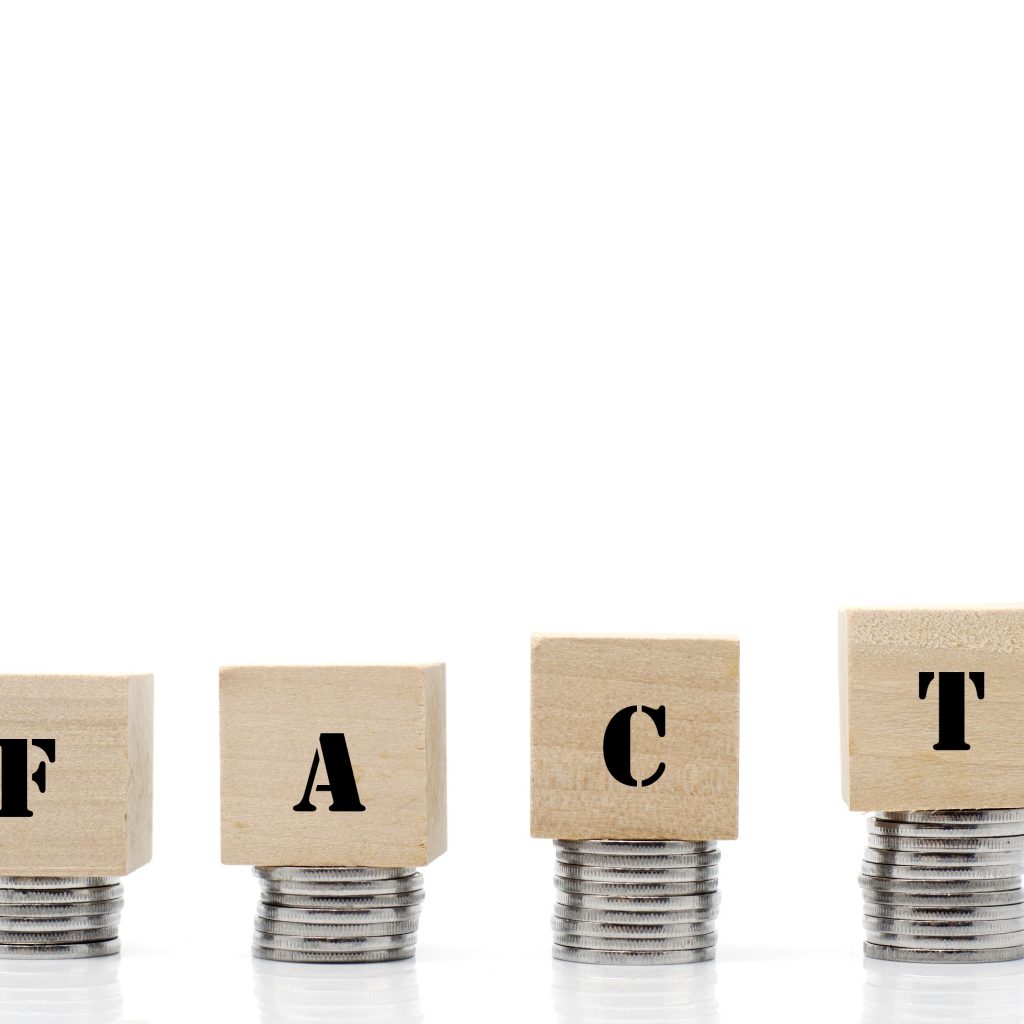
Paying off your mortgage can be a huge relief. In fact, it’s a momentous occasion – a milestone in your financial career. What happens after you pay off your mortgage? Don’t expect your bank to be extremely happy or excited for you. They’ll miss getting a check from you every month.
Unfortunately, you’ll still need to dot some I’s and cross some T’s to close out your debt. Here’s what you need to know.
1. Contact Your Mortgage Lender
The first step is to contact your mortgage company to request a Mortgage Payoff Statement. You can’t just pay the figure on your monthly statement to close out the loan. The Mortgage Payoff statement is a special form that will tell you the date that you must send in your final payment as well as the balance you must pay to close out the loan to avoid any further interest charges.
2. Pay Fees
This is another time your lender will nickel and dime you. Pay all miscellaneous fees associated with paying off your mortgage, such as a statement fee, a recording fee, or a payoff fee.
3. Get a Cashier’s Check or Initiate a Wire Transfer
Some mortgage companies only accept final payment through a cashier’s check or via direct deposit or wire transfer. Always check with your lender to learn the process of submitting your last payment.
4. Receive Documents
Once your last payment is received and processed, your mortgage lender should send you all of their mortgage release documents within a few weeks. This may occur before or after a visit to the county recorder in step 5.
The first document should be your Satisfaction of Mortgage, which is also known as a Mortgage Lien Release. This legal document states that you have paid your mortgage in full and that there are no liens on your property.
You should also receive your canceled promissory note, which you signed with your mortgage documents. This note promised that you would pay back your mortgage in a certain number of years at a particular interest rate.
Your lender may also send you your canceled mortgage or your deed of trust, which your lender should have filed with your county office of records when you took out your loan.
5. File a Release Request with the County Recorder
Your mortgage company is supposed to file a release request with the county recorder after payoff, thus the recorder fee. You’ll need to follow up with your lender to confirm that they have done so.
If you have received your mortgage documents, you may be responsible for recording the release. Bring all the mortgage release documents so that the county recorder or the county deed register office can clear the lien from your property and confirm that the mortgage is no longer on your property record.
6. Address Your Escrow Balance
Your lender likely paid your bills for homeowners’ insurance and property taxes from an escrow account. The account should have some extra funds, which means you should be receiving a refund check from the account.
7. Contact Homeowner’s Insurance Company
Since your lender used to forward payments from your escrow account to pay for your homeowner’s insurance, you’ll need to do this yourself. Contact your provider to let them know that you’ve paid off your home loan and that you’ll be making the payments directly from now on.
This process also includes verifying that you are the sole policyholder and removing your lender from the account. After all, if you are entitled to payment from a homeowner’s insurance claim, you should not have to share the reimbursement with your mortgage provider.
8. Contact Your Tax Office
Similar to your homeowners’ insurance, you’ll be paying your property tax directly. Direct them to send you the bill and find out what payment systems are available.
9. Celebrate
Don’t forget to celebrate your achievement. Feel free to frame the official letter from your bank that says you’re debt free! Now, the amount that was initially going towards your mortgage can stay comfortably in your bank account. You can even consider using that money in other ways.
For example, some homeowners choose to pay off other debts, add to an emergency fund, or add it to a retirement fund or an investment portfolio.


